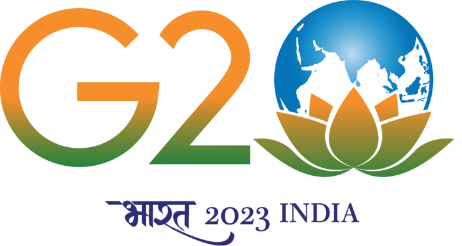Computational Fluid Dynamics Study: Application to Heat Transfer through PCM and Solid Gas Flows in Porous Media
தேதி10th Nov 2022
Time03:00 PM
Venue Seminar Hall -Department of Aerospace Engineering
PAST EVENT
Details
My talk will cover two recent areas of our CFD application studies. One is the effects of employing various PCM layers with different thicknesses on the heat transfer features within an annulus tube heat exchanger and another one is solid gas flows in a metal foam heat exchanger. I will also briefly talk about other projects; my group is working on.
Phase Change Materials (PCMs) possess the benefit of saving and releasing thermal energy at a fixed temperature which has made them a useful material in the relevant industrial cases. Measures to examine the heat storage capability of the system will then be advantageous to the overall energy saving. In this study, the solidification and melting processes of different types of PCMs employed in a multi-layer annulus with various thicknesses are numerically investigated. Various numerical technique is applied to solve the governing equations in which the natural convection heat transfer is also considered. Simulation results are presented in the forms of liquid fraction, average temperature, and their contours. It is found that using more layers of different PCMs leads to fluctuation of liquid fraction and the average temperature of layers with wider amplitude.
Heat exchangers are prevalent in a number of industries such as Heating, Ventilation, Air-conditioning, Refrigeration systems (HVAC&R), power generation, electronics, chemical, and automotive, among others. The global heat exchanger market is expected to reach USD $78 billion by 2020 while being cognizant of the fact that conservative studies enunciate that heat exchanger fouling incurs about 0.25 % of the gross domestic product (GDP) of industrialized nations. A coupled finite volume-discrete element (FVM-DEM) numerical method is developed to investigate oscillating multiphase foulant-laden air (solid-gas) flow and particulate fouling in a porous heat exchanger channel comprising an array of circular cylinders. The fouling characteristics and pressure drop is reported for different flow conditions.
Speakers
Dr. Suvash C. Saha
Department of Aerospace Engineering

